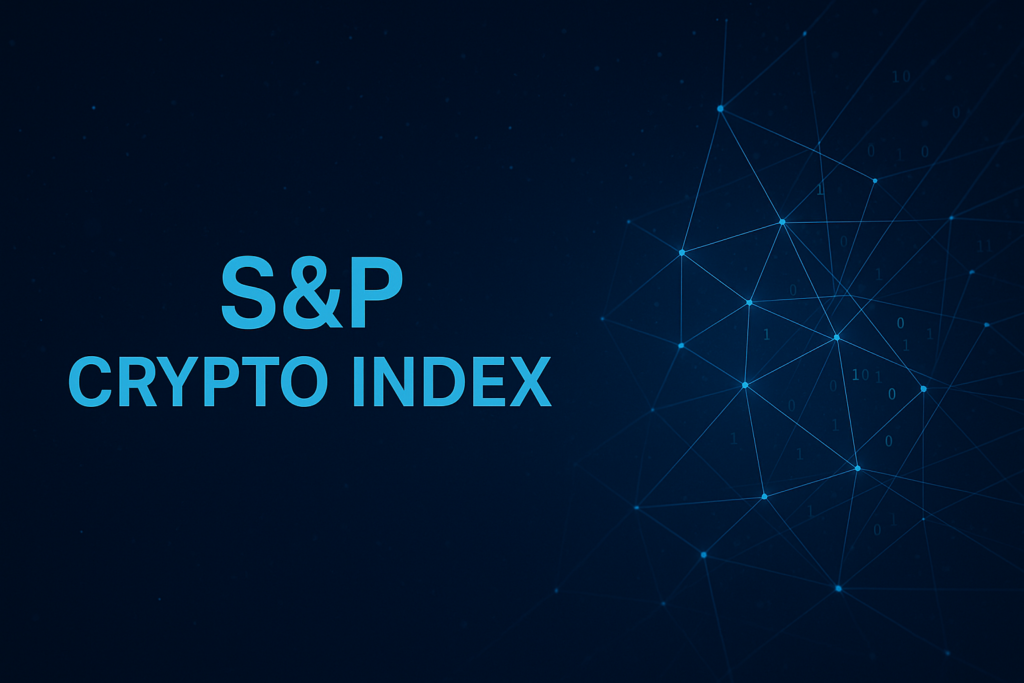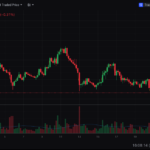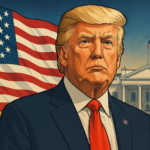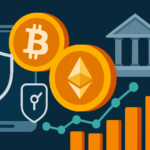Introduction
The financial world is undergoing a quiet revolution. Traditional benchmarks are no longer confined to stocks and bonds — they’re expanding into the world of digital assets. One of the most notable developments is the S&P Crypto Index, designed to bring structure, transparency, and credibility to an otherwise volatile and fragmented market.
1. What Is the S&P Crypto Index?
The S&P Dow Jones Indices (S&P DJI) launched a suite of crypto-focused indices, including the S&P Bitcoin Index, S&P Ethereum Index, and broader benchmarks that track the digital asset market.
Their goal is to provide a standardized, reliable reference for institutions and investors to measure crypto market performance using familiar index methodologies.
Instead of selecting tokens manually, investors can now rely on rules-based indices built on clear, transparent criteria such as market cap and liquidity.
2. Methodology and Selection Criteria
The S&P Crypto Indices use a robust framework to ensure market integrity and representativeness:
- Liquidity: Only assets with sustainable trading volumes are included to ensure accurate index tracking.
- Market capitalization: Focuses on large-cap cryptocurrencies to minimize the risk of illiquid or speculative tokens.
- Regular rebalancing: Constituents and weights are reviewed periodically to reflect market shifts.
- Weight limits: Prevents a single asset — like Bitcoin or Ethereum — from dominating the index and distorting performance.
Each index (Bitcoin, Ethereum, or multi-asset) follows its own calculation rules but shares the same transparency principles.
3. Why It Matters for Investors
a) Standardization and Transparency
Crypto markets have long been criticized for their lack of uniform standards. The S&P Crypto Index introduces professional-grade benchmarking, helping investors compare and analyze performance just as they do in equities or bonds.
b) Foundation for Financial Products
Indices serve as a base for ETFs, structured products, and derivative instruments. With a well-defined benchmark, funds can allocate capital systematically rather than speculatively.
c) Institutional Bridge
Institutional investors prefer to operate through regulated, index-based products. Having S&P-branded crypto indices lowers the psychological and procedural barriers for traditional funds to enter the space.
d) Correlation with Traditional Markets
Recent studies show increasing correlation between Bitcoin and traditional indices like the S&P 500 and Nasdaq, especially as institutional adoption grows. The S&P Crypto Index deepens that integration, aligning crypto’s risk–return behavior with mainstream portfolios.
4. Recent Developments and Market Context
- S&P Dow Jones recently unveiled the S&P Digital Markets 50, a hybrid index combining crypto assets and blockchain-related equities.
- Global crypto ETFs have attracted record inflows in 2025 — exceeding $59.5 billion — reinforcing demand for index-linked exposure.
- Coinbase joined the S&P 500 in May 2025, marking the first time a pure-play crypto company entered the benchmark.
- Shortly after, Block, Inc. (formerly Square) also joined the S&P 500, highlighting the growing integration of fintech and blockchain in traditional finance.
These developments demonstrate how the line between “crypto” and “mainstream finance” continues to blur.
5. Key Risks and Limitations
While S&P’s involvement signals maturity, investors should remain aware of the risks:
- Volatility: Indexing doesn’t eliminate crypto’s inherent price swings.
- Regulatory uncertainty: Shifting policies could impact index eligibility or constituent stability.
- Technology risks: Forks, network upgrades, and protocol failures can affect data integrity.
- Concentration risk: Even with weighting caps, Bitcoin and Ethereum still dominate market capitalization.
- Lag in product adoption: It may take time for ETFs or funds based on these indices to reach mass availability.
6. The Road Ahead
- Broader coverage: Expect future indices for DeFi, Web3 infrastructure, and sector-specific crypto segments.
- Integration with traditional markets: Hybrid indices like Digital Markets 50 point to a future where crypto assets are standard portfolio components.
- Institutional acceleration: Growth in passive investment vehicles will attract more capital into indexed crypto exposure.
- Rising standards: Enhanced auditability and governance frameworks will strengthen credibility.
- Index inclusion effect: Similar to traditional markets, inclusion in a recognized index may trigger capital inflows as passive funds adjust their holdings.
Conclusion
The S&P Crypto Index represents more than a new benchmark — it’s a milestone in the fusion of traditional and digital finance.
By bringing structure and credibility to an emerging asset class, S&P provides the framework institutions have been waiting for — turning crypto from a speculative frontier into a measurable, investable market.







